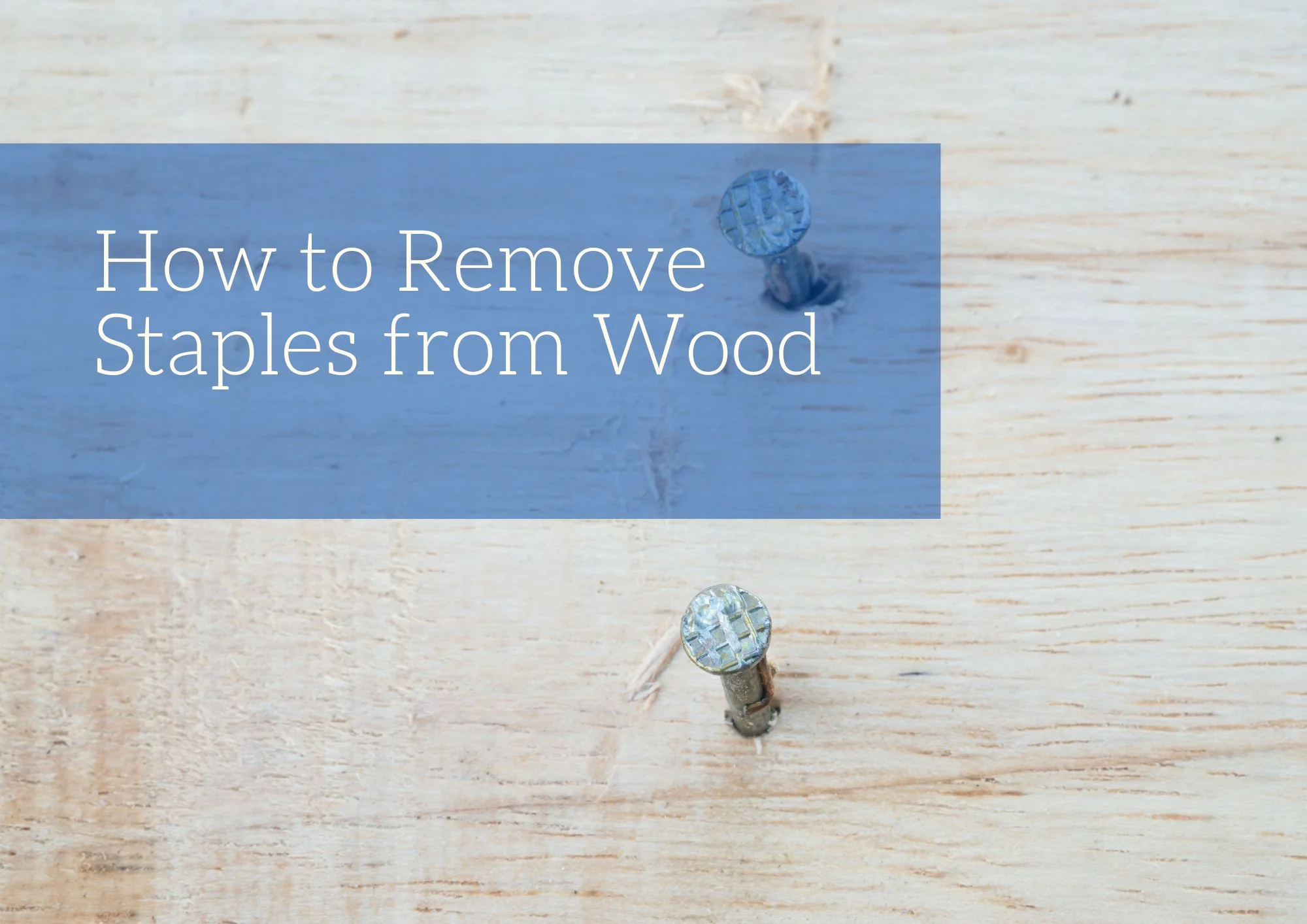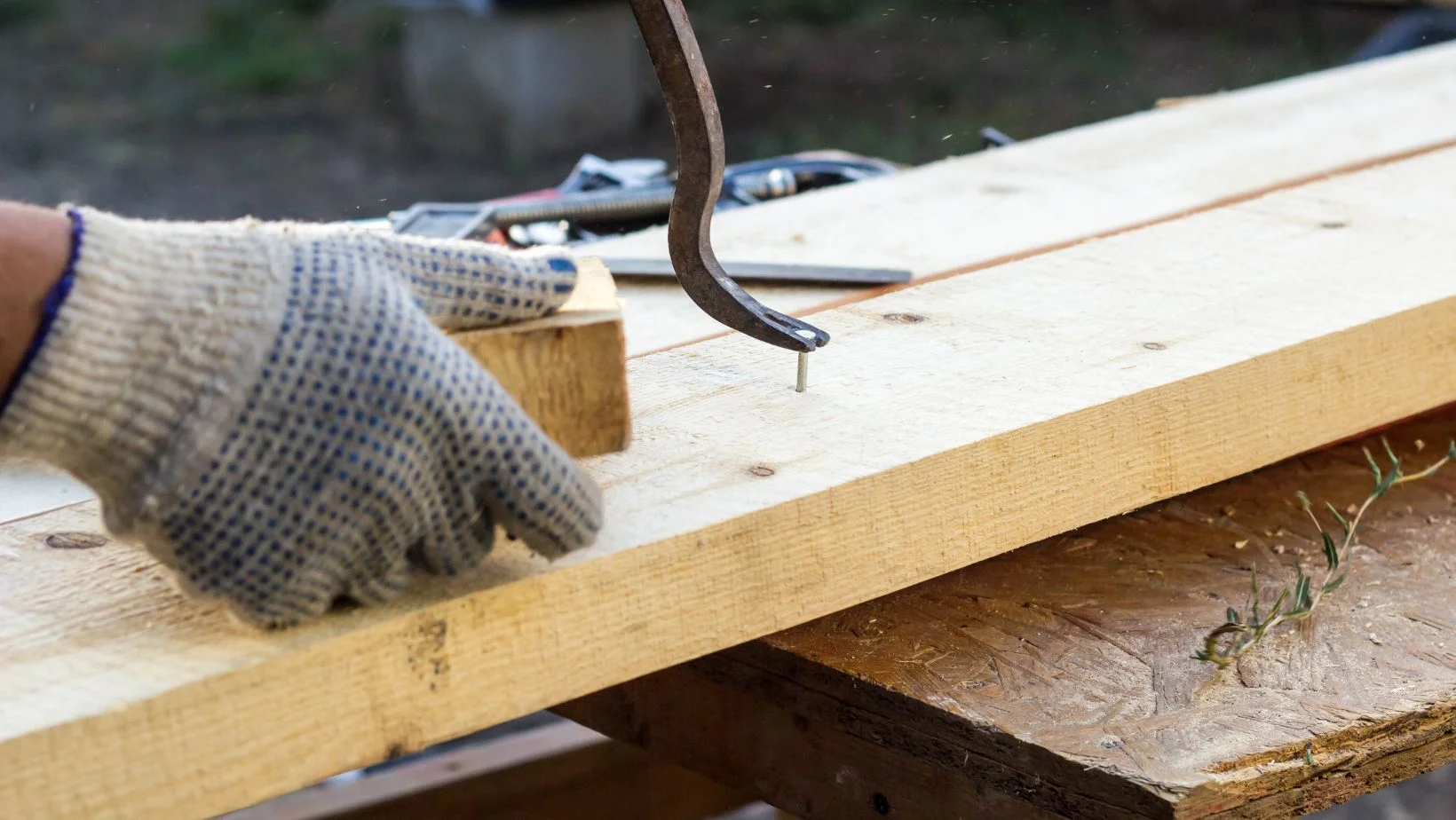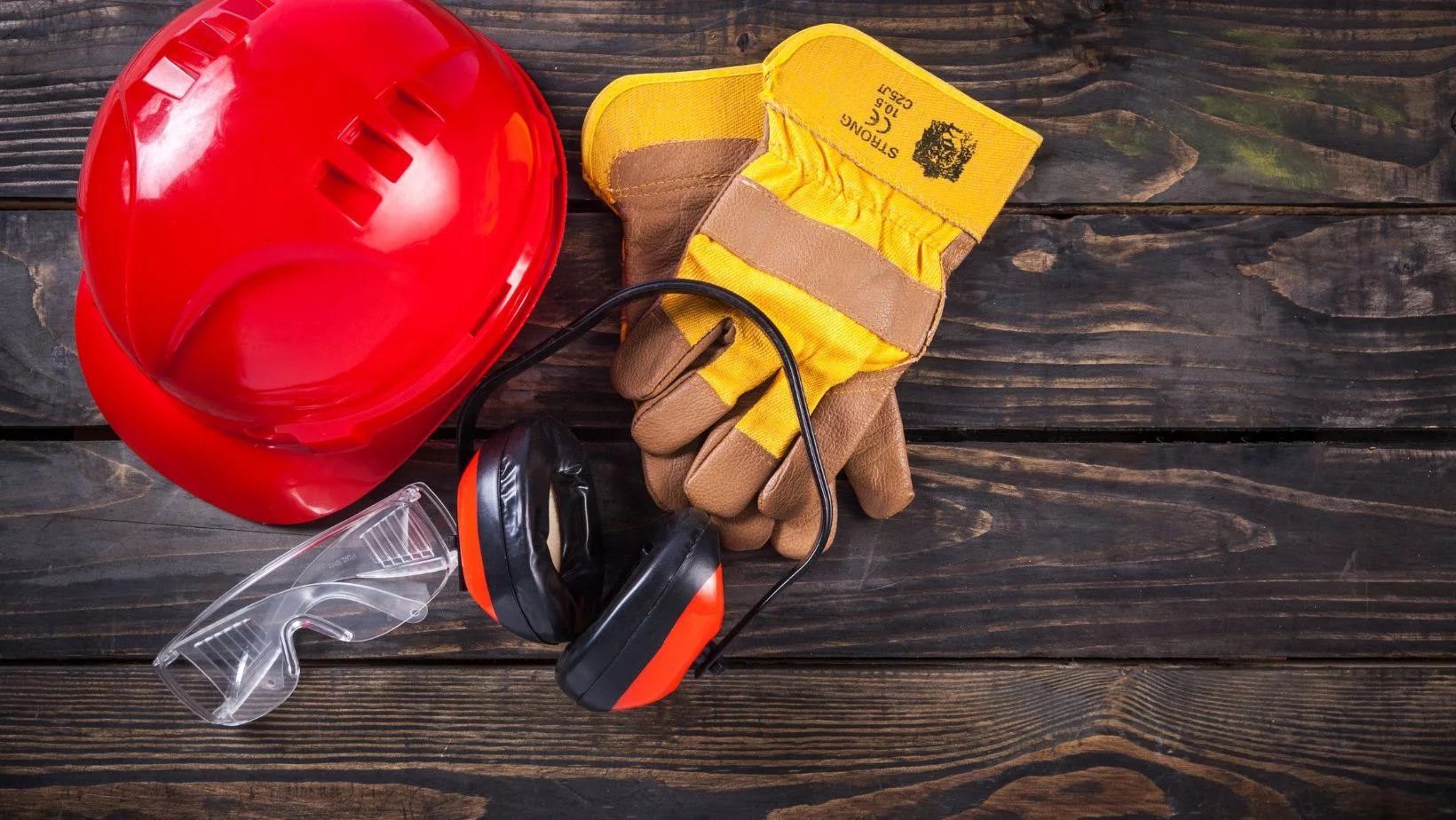Removing staples from wood can be a tedious task, but it doesn’t have to be! In this blog post, we will walk through the simple steps you need to take to make sure your staple removal process is quick and easy. With our helpful tips and tricks, you’ll soon be removing staples from wood safely and with minimal effort so that you can get on with whatever other project or task is ahead. Let’s get started!
Tools to Remove Staples from Wood
Before diving into staple removal, it’s essential to gather the necessary tools for the job. Here’s what you’ll need:
– Pliers: Needle-nose pliers or flat-nose pliers work best for gripping and extracting staples.
– Screwdriver: A flathead screwdriver can be used to lift stubborn staples.
– Staple Remover: A specialized staple remover tool can make the task significantly easier.
– Utility Knife: Useful for cutting through fabric or layers covering the staples.
– Safety Gear: Wear protective gear like goggles and gloves if working with hazardous materials.
How to Remove Staples from Wood
Step 1: Preparation
Before you begin, clear the workspace and ensure good lighting. It’s essential to have a clean and safe area to work in.
Step 2: Identify the Staples
Locate all the staples you need to remove. Sometimes they may be concealed beneath layers of fabric, paper, or other materials. Use a utility knife to carefully expose them.
Step 3: Use Pliers
For removing most staples, pliers will be your primary tool. Here’s how to use them effectively:
– Grip the staple firmly with the pliers as close to the wood surface as possible.
– Apply even pressure while squeezing the handles of the pliers.
– Gently rock the staple back and forth while pulling it upward. This motion helps release the staple from the wood fibers.
Step 4: Lever with a Screwdriver
In some cases, especially when dealing with deeply embedded staples, you might need to use a screwdriver:
– Position the flathead screwdriver under the staple.
– Apply upward pressure while gently rocking the screwdriver to lift the staple.
– Once the staple is partially raised, use pliers to grip and pull it out completely.
Step 5: Employ a Staple Remover
If you have access to a staple puller tool, it can be a game-changer:
– Insert the staple remover jaws beneath the staple.
– Squeeze the handles of the tool to grip the staple.
– Apply upward pressure to lift and pull the nails.
– Repeat the process with the remaining staples.
Step 6: Check for Remaining Fragments
After removing the staples, inspect the wood surface for any remaining fragments or sharp edges. Use pliers or sandpaper to smooth out the area if necessary.
Step 7: Final Touches
If you’re working on a project where appearance matters, fill any holes left by the staples with wood filler and sand the area smooth. Finish with paint or stain for a polished look.
Removing Different Types of Staples
Staples come in various shapes and sizes, depending on their intended use. Here are some tips for removing different types of staples:
– Flat Staples: These are commonly used in upholstery and can usually be removed with pliers or a staple remover tool.
– Crown Staples: These have a distinct crown shape and are often used in construction. Use pliers or a staple remover for crown staples as well.
– Brad Nails: These are thinner and longer than typical staples. Use pliers to grip and extract them.
– Carton Staples: These heavy-duty staples are used in packaging. A flathead screwdriver or a staple remover can help you lift them.
– Tack Staples: Tack staples are often found in furniture and can be tricky to remove. A combination of pliers and a screwdriver might be necessary.
Safety Precautions
Workplace safety should always be your number one responsibility when handling equipment or materials. Here are some essential safety precautions to keep in mind:
– Wear Safety Gear: Always wear safety glasses and gloves to protect your eyes and hands from potential injuries.
– Work in a Well-Ventilated Area: If you’re working indoors, ensure proper ventilation to avoid inhaling dust.
– Mind the Direction: When using tools like screwdrivers or pliers, be mindful of the direction in which you’re applying force to avoid accidents.
– Secure the Wood: If possible, secure the wood you’re working on to prevent it from moving or slipping during the staple removal process.
Recycling and Sustainability
In our efforts to be more environmentally friendly, we must think about recycling used staples. Staples are usually made of metal, which can be easily recycled. Instead of throwing them away, collect the removed staples in a special container. Once you’ve gathered a good amount, take them to a local recycling center. They can process and reuse them, reducing stress on the environment. This small effort not only contributes to eco-friendliness but also aligns with the broader goal of minimizing waste in our DIY and woodworking practices.
Taking staples out of wood might seem tough, but with the proper tools and methods, it becomes much easier. Whether you’re fixing up old furniture or making something new, this guide gives you the know-how to remove staples efficiently and effectively. So roll up your sleeves, gather your tools, and transform your woodworking projects with ease!










